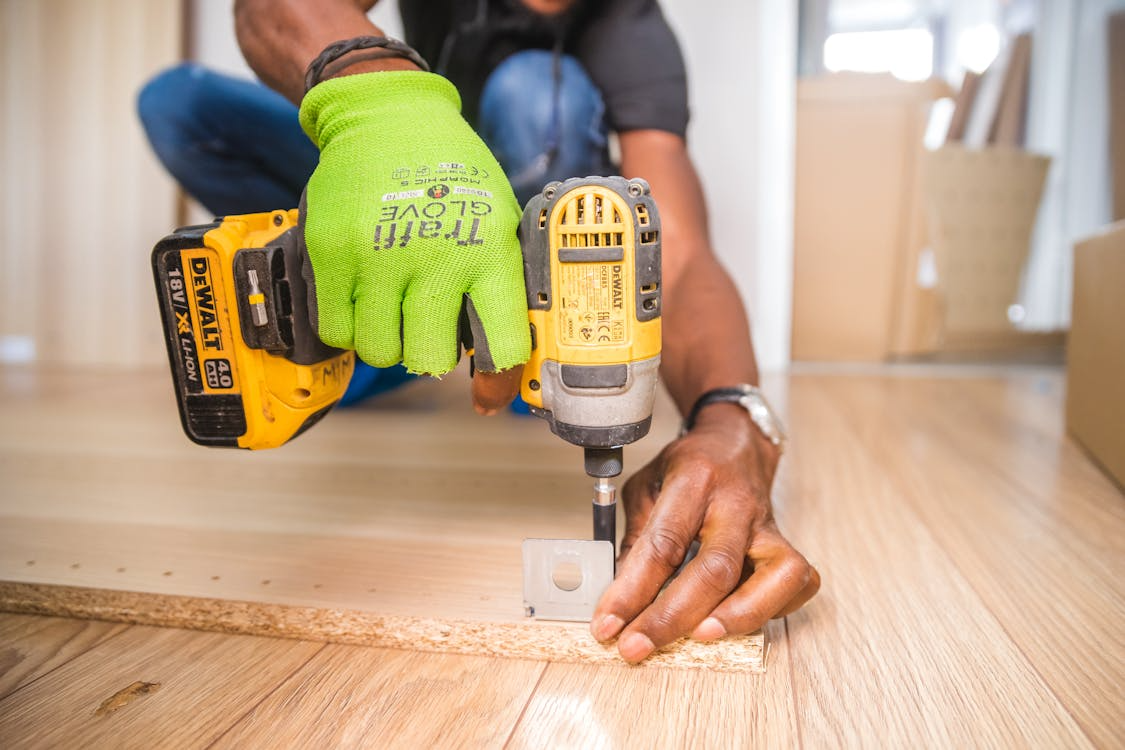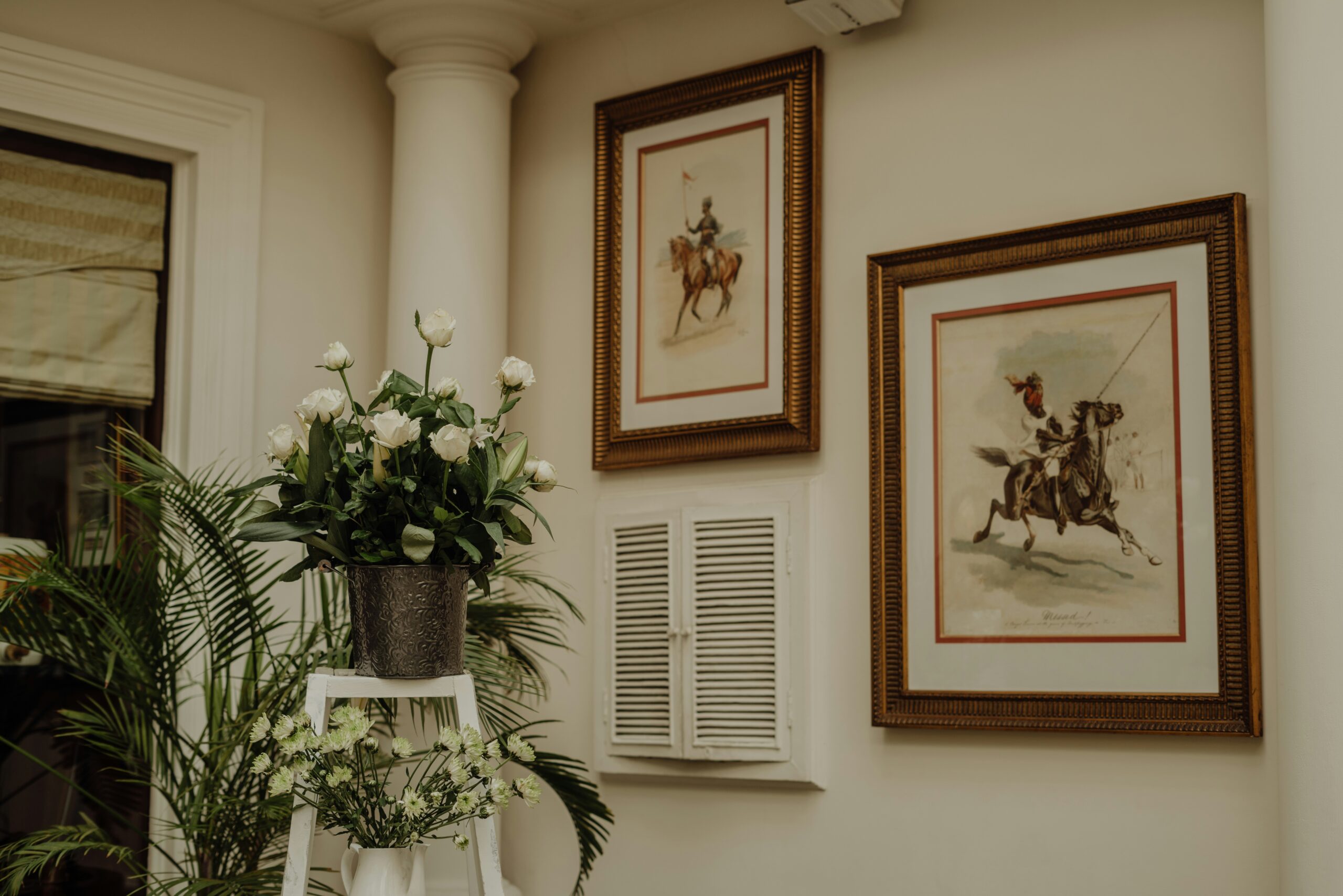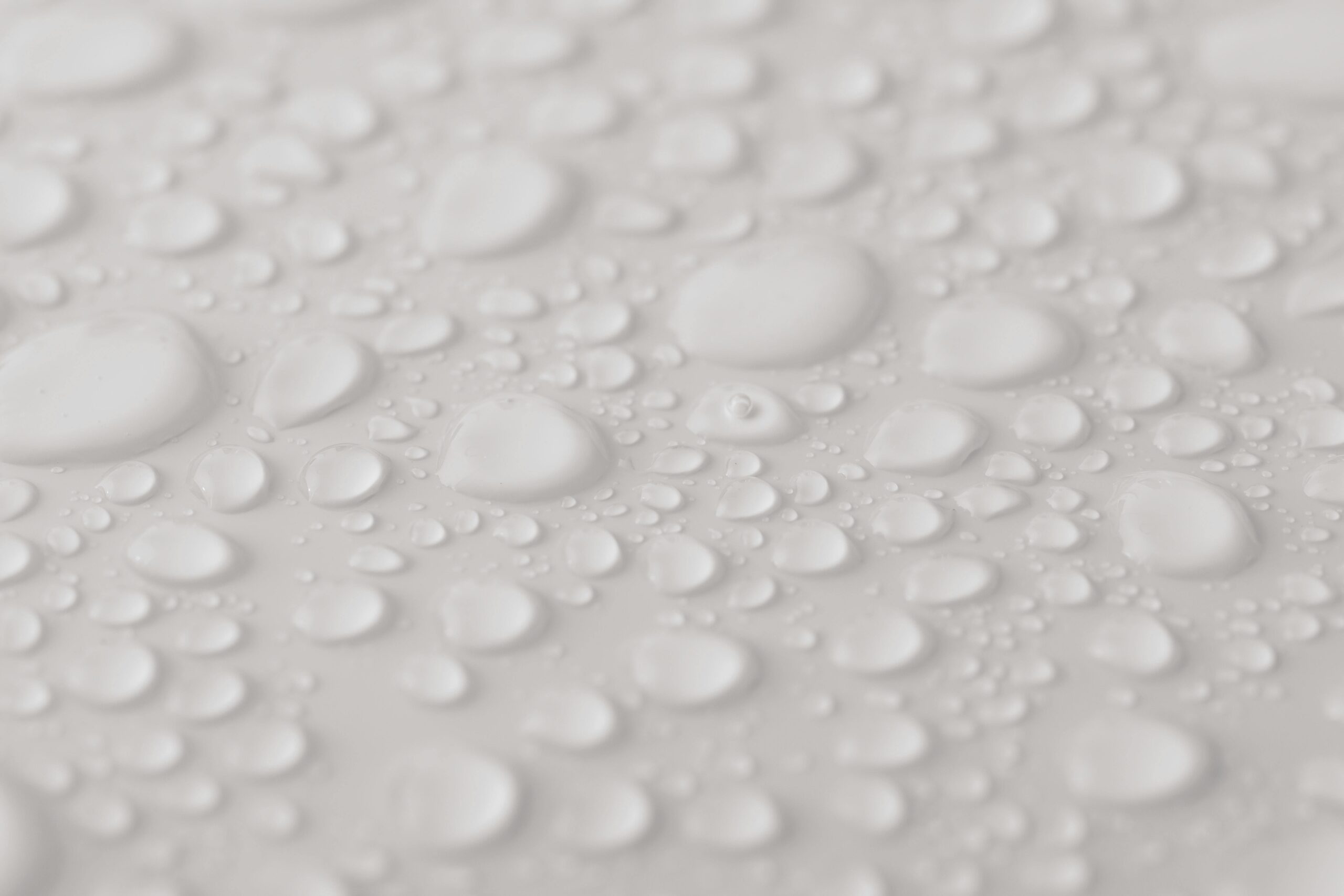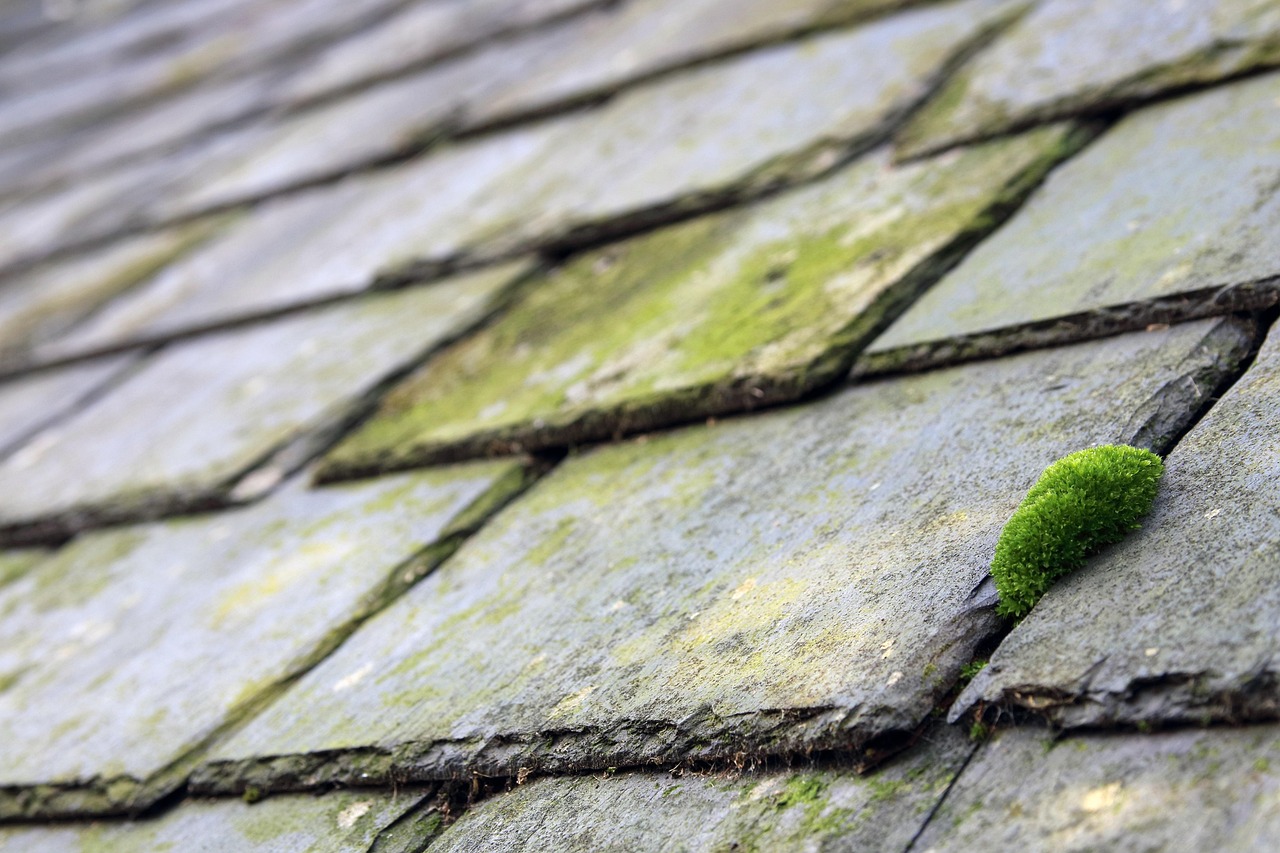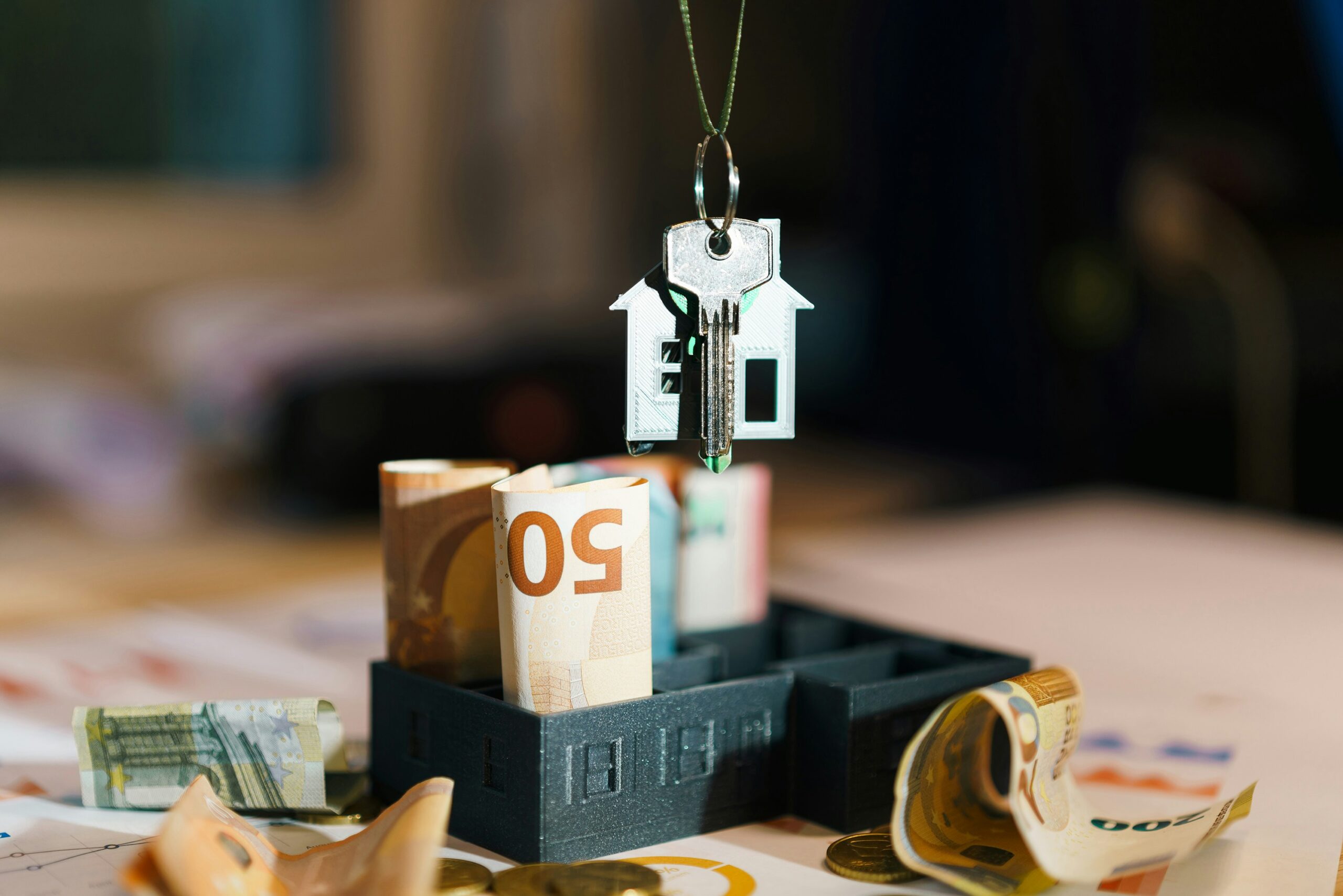Floors are the foundation of any home or business, and keeping them looking pristine can sometimes feel like a losing battle. Scratches, stains, and general wear and tear can all take their toll over time, especially in high-traffic areas. However, with the right preventative measures and a little care, you can protect your floors from damage and ensure they stay beautiful for years to come. Whether your floors are hardwood, tile, or carpet, this guide will provide practical tips to keep them in top condition.
Choosing the Right Floor Protection
When it comes to protecting your floors, prevention is key. One of the most effective ways to safeguard your flooring is by applying a protective layer. For timber or concrete floors, using polyurethane floor paints is a fantastic way to add a strong, durable coating that shields the surface from scratches, stains, and daily wear. This type of paint creates a smooth, glossy finish that not only enhances the appearance of your floors but also makes them easier to clean and maintain. By adding this protective layer, you significantly reduce the risk of scratches and scuffs, particularly in high-traffic areas like hallways and living rooms.
For other flooring types, there are different protective options available. For example, vinyl and laminate floors often come with a wear layer that provides built-in protection, while tiles can benefit from regular sealing to prevent staining and moisture absorption.
Use Rugs and Mats in High-Traffic Areas
One of the simplest ways to prevent scratches and stains on your floors is by using rugs and mats strategically throughout your home. Entryways, hallways, kitchens, and living rooms are often the most high-traffic areas and therefore most prone to damage. By placing rugs in these areas, you can protect your floors from dirt, debris, and the everyday wear that comes with constant foot traffic.
Entryway Mats
An entryway mat is a must-have to trap dirt and moisture from shoes before it gets tracked inside. Place mats both outside and inside your front door for maximum effectiveness. Choose mats that are thick and durable to handle the dirt and grit that can cause scratching, particularly on hardwood and tile floors.
Rugs in High-Traffic Areas
In addition to entryway mats, rugs can be used throughout the house to protect your floors from scratches and stains. Look for rugs with a non-slip backing to prevent them from moving around, which could otherwise cause additional damage. If you have hardwood or laminate floors, using rug pads underneath can further protect the surface while providing extra cushioning.
Felt Pads and Furniture Sliders
Furniture is one of the most common culprits when it comes to scratches and dents on floors. Every time you move a chair, table, or couch, there’s a risk of dragging it across the floor and causing damage. Thankfully, there’s a simple solution to this problem: felt pads.
Felt Pads
Felt pads are soft, adhesive-backed cushions that you can attach to the bottom of furniture legs. They act as a buffer between your furniture and the floor, preventing scratches when items are moved. These pads are especially useful for dining chairs, sofas, and coffee tables, which are moved frequently.
Make sure to check the condition of the felt pads regularly, as they can wear down over time. Replace them as needed to maintain the protection.
Furniture Sliders
For larger pieces of furniture, like couches and heavy cabinets, furniture sliders are a great option. These sliders allow you to move heavy items across the floor without scratching the surface. They’re particularly useful when rearranging furniture or moving into a new home.
Regular Cleaning is Crucial
Cleaning your floors regularly not only keeps them looking fresh but also helps prevent scratches and stains from building up. Dirt, dust, and small particles can act like sandpaper on your floors, wearing down the surface over time. Whether you have hardwood, tile, or carpet, a consistent cleaning routine is essential to maintaining their beauty and durability.
Sweeping and Vacuuming
For hardwood, tile, or laminate floors, sweeping or vacuuming regularly is a must. A soft-bristled broom or a vacuum with a hard floor setting will help remove dirt and debris without causing scratches. Vacuuming carpets often is also important to prevent dirt from becoming embedded in the fibres, which can lead to wear over time.
Mopping and Cleaning Solutions
For hard floors, mopping is an important part of your cleaning routine. Use a damp mop (not soaking wet) and a cleaner suitable for your flooring type. For hardwood floors, avoid harsh chemicals or excessive water, as this can cause damage. For tile floors, a mild detergent or pH-neutral cleaner will keep them looking bright and free from stains.
Immediate Action for Spills and Stains
When spills happen, it’s essential to act quickly to prevent stains from setting into your floors. This is particularly important for hardwood and carpeted floors, where liquids can seep in and cause long-lasting damage.
For Hardwood Floors
When a spill occurs, immediately wipe it up with a soft, dry cloth. Avoid letting liquids sit on the surface, as moisture can cause warping or staining. If necessary, use a damp cloth to clean the area, but be sure to dry it thoroughly afterwards.
For Carpeted Floors
Blot (don’t rub) the spill with a clean cloth to absorb as much liquid as possible. For more stubborn stains, use a carpet cleaner designed for the specific type of stain (e.g., wine, pet stains). Always test any cleaning solution in an inconspicuous area first to ensure it won’t discolour the carpet.
For Tile Floors
Tile is more forgiving than other types of flooring when it comes to spills, but stains can still occur, especially in the grout lines. Clean up spills promptly with a mild cleaner and a soft cloth or mop to prevent staining.
Keep Pets’ Nails Trimmed
If you have pets, particularly dogs or cats, keeping their nails trimmed is another important way to protect your floors. Long nails can cause scratches, especially on hardwood and tile floors. Regular grooming will not only help your floors stay scratch-free but will also ensure the comfort of your pets.
In addition to trimming their nails, placing mats under food and water bowls can help prevent spills and stains, especially in the kitchen or dining areas.
Invest in Floor-Specific Cleaners and Sealants
Using the right cleaning products for your floors can go a long way in protecting them from scratches and stains. Some generic cleaners can be too harsh, particularly for hardwood or natural stone floors, and may strip away the protective sealant or finish.
Floor-Specific Cleaners
For hardwood floors, choose a cleaner designed specifically for wood surfaces, as it will clean effectively without damaging the finish. Tile floors may require a different type of cleaner, particularly if you have natural stone, which can be sensitive to acidic products.
Sealing and Recoating
If you have natural stone, concrete, or hardwood floors, it’s important to reseal or refinish them periodically to maintain their protection. This involves applying a sealant or finish to protect the surface from scratches, spills, and stains. Sealing grout lines in tiled floors can also prevent stains and make cleaning easier.
Simple Steps for Long-Lasting Floors
Protecting your floors from scratches and stains is easier than you might think. With the right products, regular maintenance, and a few preventative measures, you can keep your floors looking beautiful for years to come. Whether it’s using polyurethane floor paints for an extra layer of protection, placing rugs in high-traffic areas, or simply cleaning regularly, these small steps can make a big difference. By taking the time to care for your floors properly, you’ll enjoy a stunning, damage-free space that stays looking its best.








